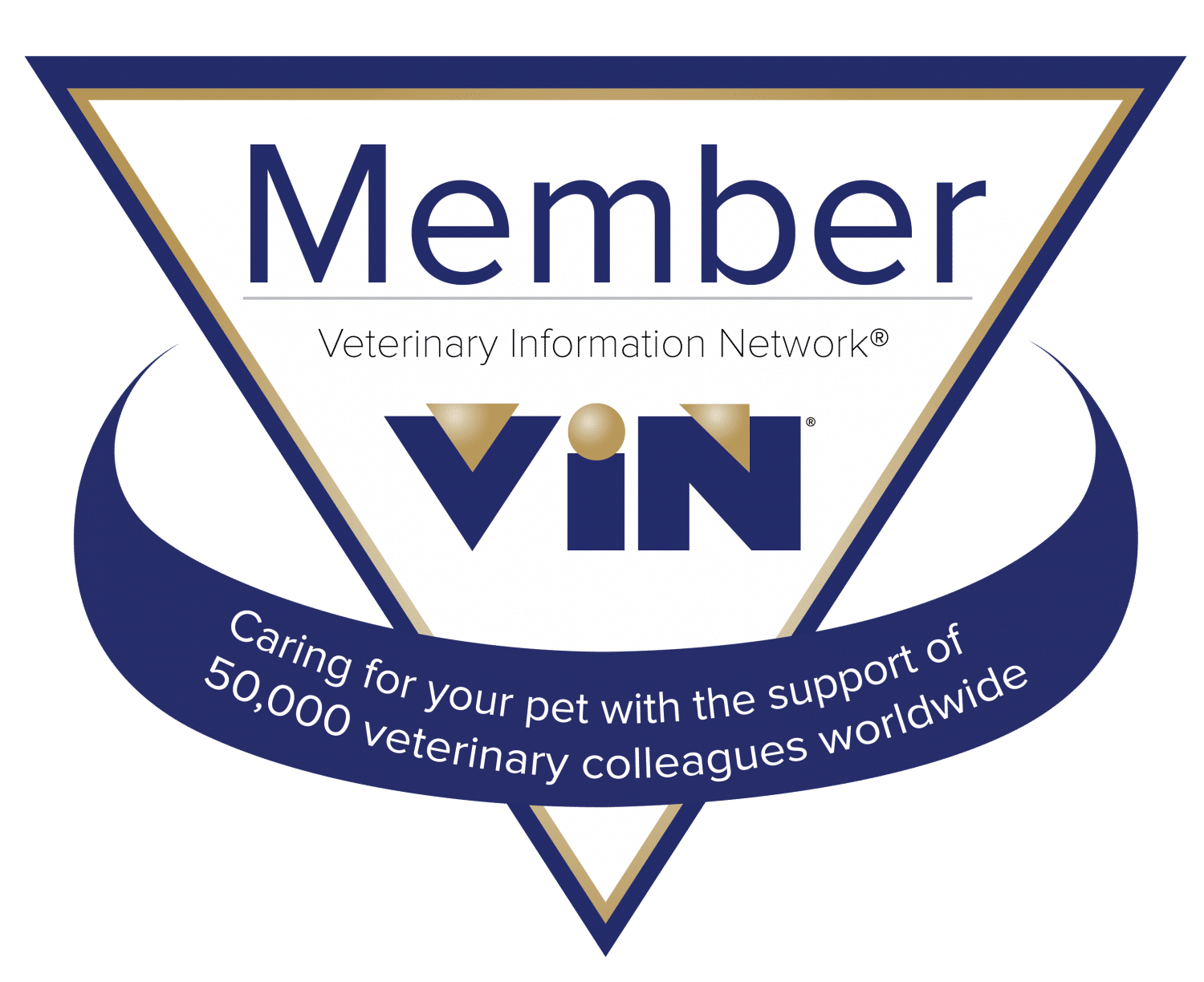 Today a lady arrived at our door with a drooling, twitching puppy, and around a half-gallon of insecticide. It had been a full gallon when she left the house.
Today a lady arrived at our door with a drooling, twitching puppy, and around a half-gallon of insecticide. It had been a full gallon when she left the house.
When she returned home from her errand, she found the puppy in considerable distress. He had chewed on the spray-tube apparatus, and managed to drain half the contents on to the floor. Not only was he “wearing” a considerable amount of the product, he must have taken some of it orally, as the leakage was due to his using the gizmo for a chew-toy.
Now you might think that leaving a puppy to run loose around the property (with a gallon of poison accessible to play with) was not very well thought out. And you’d be right. There are a lot of times that we would make a different choice if we took the time to write our alternatives down on paper and “circle the right answer”.
Fortunately, when faced with the crisis, this lady started making one right decision after another.
First, she decontaminated the outside of the dog. Animals can absorb some toxins through the skin, so you want to stop that as quickly as possible. You can’t hurt them with a bath, you can only help. Great first step in a case like this.
Often internal decontamination is necessary, but sometimes inducing vomiting can make things worse. You have to know what’s right for the poison you’re dealing with. The packaging probably won’t give you much advice on this, but it WILL tell you the ingredients in the product. This lady brought the jug with her.
I wasn’t familiar with the active ingredient, so I called the ASPCA Animal Poison Control Hotline (the only such service in the country, manned 24 hours per day, 365 days a year). I could have pored over my textbooks, googled it, or searched Veterinary Information Network. I could have called Spectracide’s corporate number. If I weren’t worried about the animal dying from the poison, I could have done all those things. Heck, I could have written a letter… but I wanted to know NOW. The client made the right decision to not waste any time, and I didn’t waste any, either. After a quick physical exam, finding the dog fairly stable, I got to the telephone.
If you don’t have ready access to your veterinarian or an emergency service, you can call the ASPCA hotline yourself: 888 – 426 – 4435. Just have your credit card ready. They have to pay for that 24-hour service somehow. The charge is less than most emergency fees, and the advice is the best you can get.
In this case, it saved not only time, but money. It turned out that the product is relatively non-toxic to dogs. The drooling was more due to physical irritation than toxicity. We rinsed out his mouth and gave him a little food to get the taste out of his mouth. He had already almost quit twitching. Without the accurate information (having the packaging, and the quick response from ASPCA Poison Control), I might have induced vomiting, given activated charcoal, put him on I.V. fluids and sedatives, and so forth. Instead, he was ready to go home within 30 minutes.
So, to review, when you suspect poison exposure, decontaminate the outside of the dog if you suspect topical exposure. Seek expert advice, having the poison container at the ready (“Uh,…I bought it at Wal Mart.” does not narrow things down much.). Don’t waste time. Don’t induce vomiting until you have the expert advice – if you need to, they'll tell you how. Don’t ignore it just because the animal looks okay: many rat poisons are slow-acting, but you need to start treatment as soon as possible to avoid tragic results. And keep this number handy: 888 – 426 – 4435.

